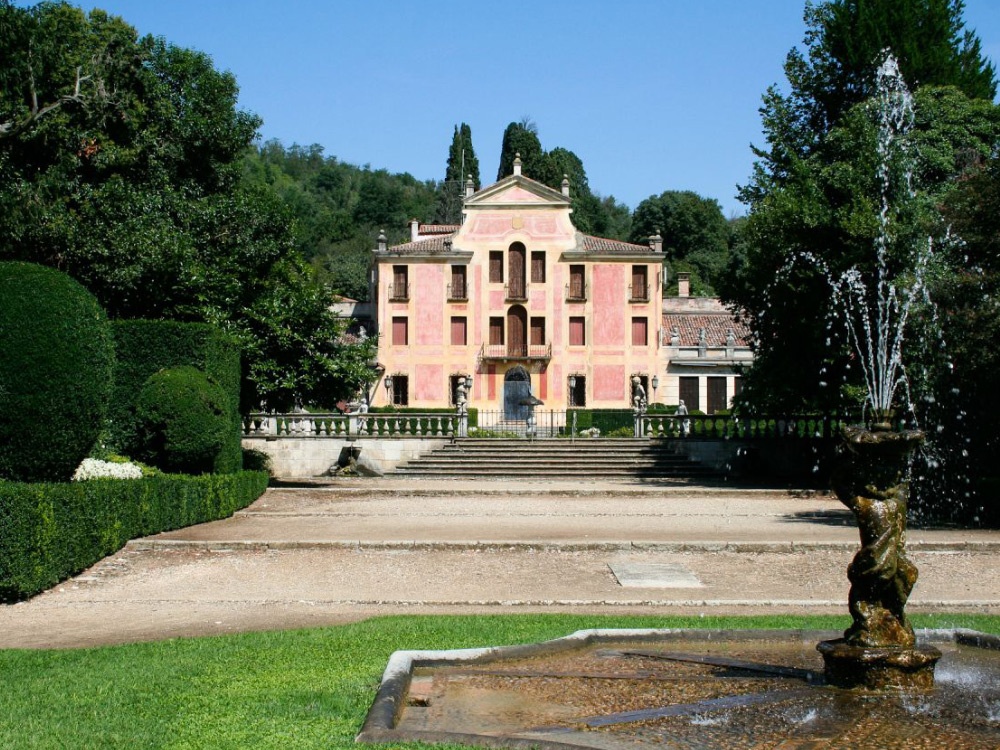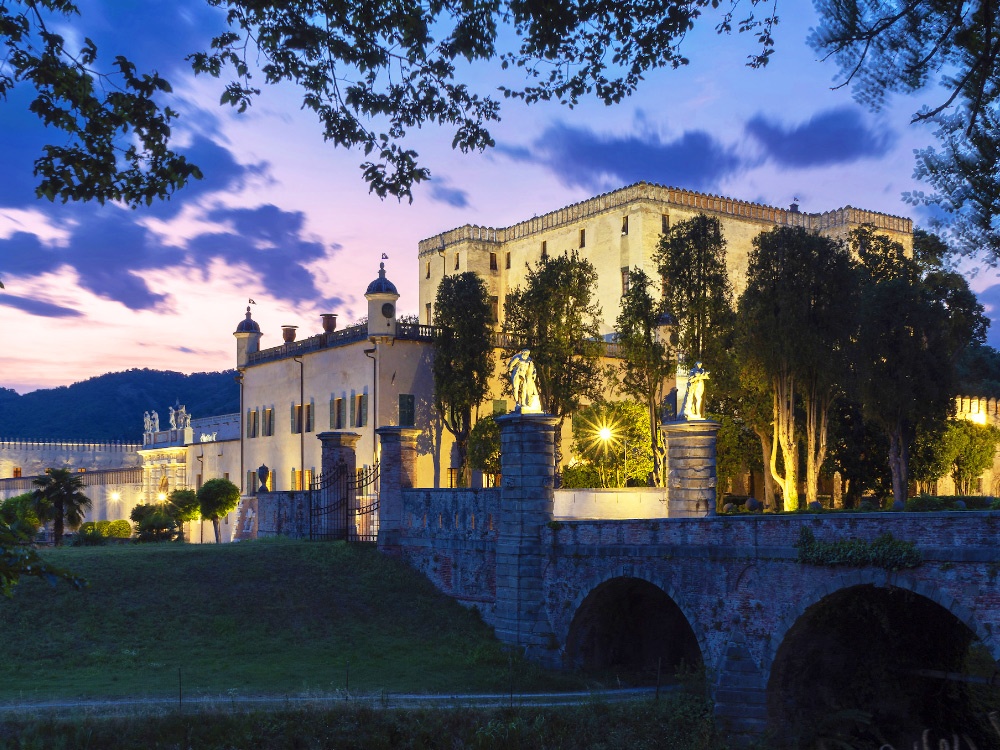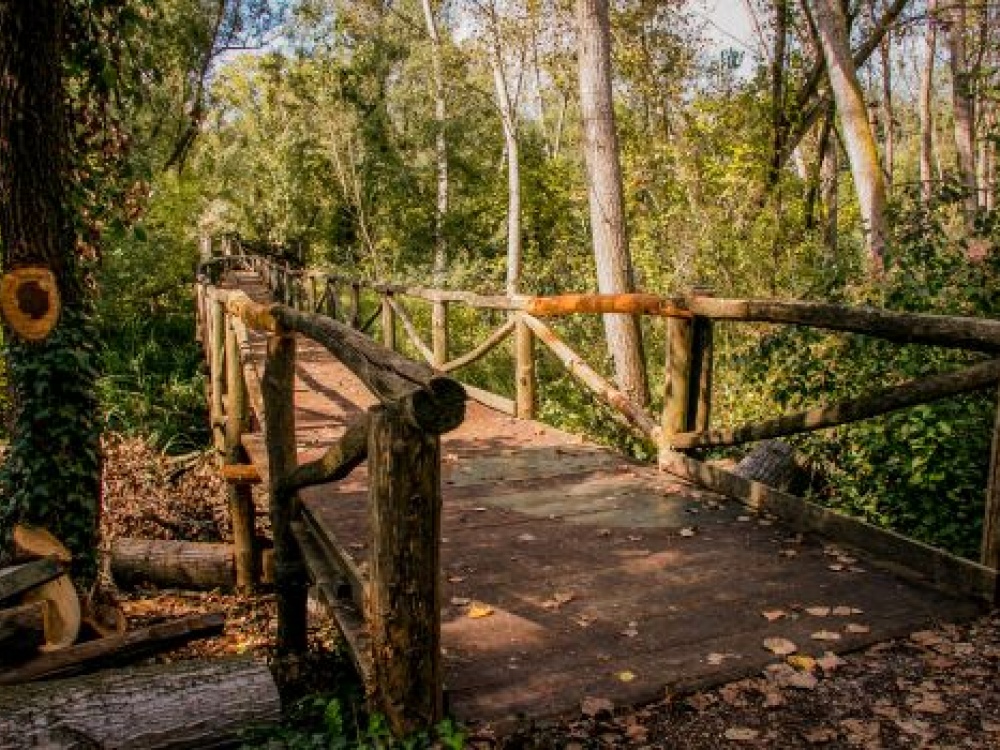
Nature and Sport
Nearby

The Sanctuary of the Madonna della Salute is a fifteenth-century church located at the foot of Mount Ortone, located about 350 meters from us. According to tradition, the origin of the sanctuary is to be attributed to the apparition of the Madonna to Pietro Falco, a soldier wounded in prayer, to whom he promised recovery if he immersed himself in the water of a nearby spring. Miraculously healed, the soldier found among the stones a painted table depicting the Madonna, Child Jesus and two saints. When the news spread, from that moment the Sanctuary and the painting have become a place and reason for pilgrimage.
Mount Ortone, which stands behind the church, can be covered with different solutions thanks to path number 19 (Length 3.6 km - Difference in height 150m - Easy difficulty). The paths offer splendid views, immersed in the dense Mediterranean scrub, which on clear days show up to the Venetian Prealps and the Dolomites.

The Praglia Abbey is a Benedictine monastery founded in 1080 that stands among the meadows on the slopes of Monte Lonzina. This Renaissance jewel is divided into several rooms and arcades and houses one of the oldest historical libraries. The complex can be visited almost entirely and can also be easily reached by bicycle (about 15 minutes) following the cycle path that passes in front of our hotel.
The path of the Jubilee (n. 26 - Length 3.8 km - Difference in altitude 200m - Difficulty Easy) which is articulated on the nearby Monte Lonzina is an interesting circular route full of natural glimpses of the Euganean and Berico territories.

Villa Bembo Scalfo Monzino known as "la Bembiana" is a fifteenth-century villa which in 1918 became the headquarters of the Press Office of the Italian Supreme Command. Next to the villa there is its large monumental park which is open free to the public during the day. Villa Bembiana rises on the slopes of Monte Rosso on which a pleasant circular route develops: path n.16 (Length 2.6 km - Difference in height 155m - Hiking difficulty)

Padua is the closest city of art and can be reached by bus (line A or AT) in about 30 minutes. The Basilica of Sant'Antonio, the Scrovegni Chapel, the Prato della Valle, the Botanical Garden, the historic University or the Galileo Tower are just some of the beautiful places to discover.

Venice is the provincial capital of Veneto and its characteristics and history make it a unique masterpiece in the world. Located 50 km from here, Venice can be easily reached by train from Terme Euganee station, in just over half an hour.

Arquà Petrarca is a delightful medieval village rich in history and literary culture. It has recently been included among the "most beautiful villages in Italy" and is considered the "Pearl of the Euganean Hills". It is home to the remains of the poet of the same name and has jujubes as a typical local product, a fruit used in the preparation of excellent dishes other than the proverbial "jujube broth", an ancient liqueur.

The monumental garden of Valsanzibio, designed by Luigi Bernini in the seventeenth century for the wealthy Venetian Barbarigo family, is considered a national heritage and was awarded as "the most beautiful garden in Italy". Built as a vow to God for the end of the plague, inside you can admire one of the most important historical labyrinths in the world and several human works full of symbolism, in perfect harmony with the natural landscape.

The Catajo Castle is considered one of the most impressive historic homes in Europe and is located in Battaglia Terme. Over the years it has been the princely ducal palace and imperial holiday residence of the Habsburgs, the large frescoed halls and the outdoor gardens have hosted literary cenacles and since the 16th century it has become the seat of one of the most important collections in Europe.

The San Daniele Biotope is a thematic itinerary near the Green Lake, in Torreglia, where a raised wooden walkway is articulated from which to observe the numerous species of aquatic birds, reptiles, amphibians and plants. The route takes its name from the nearby Colle (path no. 13 - Tourist Difficulty) on top of which stands the Benedictine Monastery of San Daniele, a 16th century oasis of peace and tranquility, open from Monday to Saturday.

The spa vocation of our area is millenary, it dates back to the times of the ancient Romans. As evidence of the history of the “patavinae” waters mentioned in various Latin writings, today it is possible to visit the archaeological sites of Montirone in Abano Terme and the Roman excavations in Montegrotto.

Inaugurated in 2021 in the Rustico di Villa Draghi in Montegrotto, the Thermalism Museum intends to tell the many aspects and benefits of the exploitation of thermal water starting from the Roman age, that is, the history of our territory and its deep identity. The museum is the result of twenty years of multidisciplinary research developed by different bodies including the University of Padua and the Archaeological Superintendency and can be visited from Friday to Sunday.

The ring of the Euganean Hills is a cycle path of about 63 km that entirely surrounds the homonymous Regional Park. The road surface alternates asphalted sections with dirt roads and the difference in height of about 100 meters can be avoided with a short detour. Along the route you can see several Venetian villas, churches, historic buildings, archaeological areas and medieval towers.
Food and wine


